Article: The Anti-Slavery Convention in 1840
20 May 1840 saw the opening ceremony of Abney Park Cemetery with the first interment on the 2 June. Ten days later the World Anti-Slavery Convention started at the Exeter Hall in London’s Strand. It lasted for two weeks and had almost 500 delegates. Benjamin Robert Haydon, the British history painter, produced a huge 120sq ft canvas with at least 130 recognisable participants.
Key participants are identified on the National Portrait Gallery page: www.npg.org.uk/collections/search/portrait/mw00028/The-Anti-Slavery-Society-Convention-1840.
Amongst those who can be recognised are many who were Stoke Newington residents or are buried at Abney Park. Stoke Newington had the largest Quaker community in Britain at the time and many Quakers were active in the anti-slavery movement. Staring out of the painting at the extreme left is George William Alexander. He was a Quaker who lived at what was almost a Quaker enclave, Paradise Row which stood at the western end of Church Street opposite Clissold Park. He was a prominent financier and the founder treasurer of the British and Foreign Anti-Slavery Society. Frederick Douglass, the escaped slave, writer, orator and statesman said that Alexander ‘spent more than an American fortune in promoting the anti-slavery cause...’
Quakers were often successful businessmen in areas such as chocolate manufacture and banking. A neighbour of Alexander’s was Samuel Hoare, whose son built Clissold House. Both Alexander’s and Hoare’s still exist as financial institutions. Another successful Quaker resident of Paradise Row shown in Haydon’s painting is William Allen; Seventy years old, hunched beneath the speaker and next to ‘the Bankers’ banker’ Quaker Samuel Gurney, Allen was a pharmacist and Fellow of the Royal Society. He had given up sugar as a teenager as a protest against slavery, campaigned for most of his life and was a founder member and organiser of the Convention for the Anti-Slavery Society. He is buried by what was the Quaker Meeting House ( now Seventh Day Adventist chapel) in Yoakley Road.
The Anti-Slavery Society was founded in 1839 and is, as Anti-Slavery International, the oldest international human rights organisation. Its founder was Joseph Sturge (1793-1859) who is also prominently figured in the painting, staring out at us, and is buried at Abney. He was involved in the creation of ‘Free Villages’ in Jamaica to provide practical assistance after Emancipation. Other people who attended the Convention and who lay in Abney include Josiah Conder (1789-1855) [a small profile in the painting, above Sturge and with impressive sideburns], bookseller, editor of The Eclectic Review and author of The Last Night of Slavery (1834) , a poem which describes the horrors of the Middle Passage.
Also identifiable is the Reverend Joseph Ketley (1802-1875) a Congregationalist minister in Demerara (now Guyana). His predecessor was John Smith, the Demarara Martyr, who died in prison for supporting his slave congregation. Ketley, however is buried in Abney.
Also at Abney beneath a red granite obelisk, close to Church Street is Thomas Binney (1798-1874). He chaired some of the sessions and went on to have such influence that he was known as the ‘Archbishop of Non-Conformity'. A street off Oxford Street is named for him.
Other non-conformist ministers in the painting, buried at Abney and from the smart end of town are William Brock (1807-1875) of the Bloomsbury Chapel and John Morison (1791-1859) of the Trevor Chapel, Knightsbridge (now Harrods).
There are probably others and through the tight-knit ties of family, business and politics of the non-conformist community others prominent in the painting, such as Sir Thomas Fowell Buxton and William Knibb, have links to Abney.
Also prominent to the right of the painting, not least for the extravagant bonnet of Amelia Opie, the author, poet and first signatory of the women’s petition against slavery, are the women. Haydon may have used some artistic licence as the Convention was shocked by the attendance of women delegates and spent the first day debating if they should be admitted. They were finally allowed in a segregated area though some of the male delegates joined them in protest. Next to Mrs Opie is the formidable Lady Byron, widow of the poet and mother of Ada Lovelace, the world’s first computer programmer. The American Women were led by Lucretia Mott who was originally destined for a prominent portrait and sat several times for Haydon. Unfortunately, in the course of these, they disagreed violently on the precise nature of the divinity of Christ and she was relegated to an indistinguishable blob in the background. Her fellow American delegate, Elizabeth Cady Stanton wrote ‘The movement for women’s suffrage, both in England and America can be dated from the …Anti-Slavery Convention.’
Even more striking is the sparsity of people of colour. There are Monsieur L’Instante from Haiti and Louis Lescesne deported from Jamaica. Next to Binney is Edward Barrett, a freed slave from Jamaica, whose name indicates he may have worked on the estates of the Barretts of Wimpole Street. But most strikingly in the very centre of the painting, watching the speaking Thomas Clarkson, sits Henry Beckford (again the name may imply links with the estates of the Beckfords who included a Lord Mayor of London, and William Beckford the author of Vathek and builder of Fonhtill Abbey). Beckford was a freed slave, deacon, teacher and orator
Haydon maintained that Beckford’s position was the focal point in several ways - 'This is the point of interest in the picture, and illustrative of the object in painting it, the African sitting by the intellectual European, in equality and intelligence.'
By Alan Gartrell

